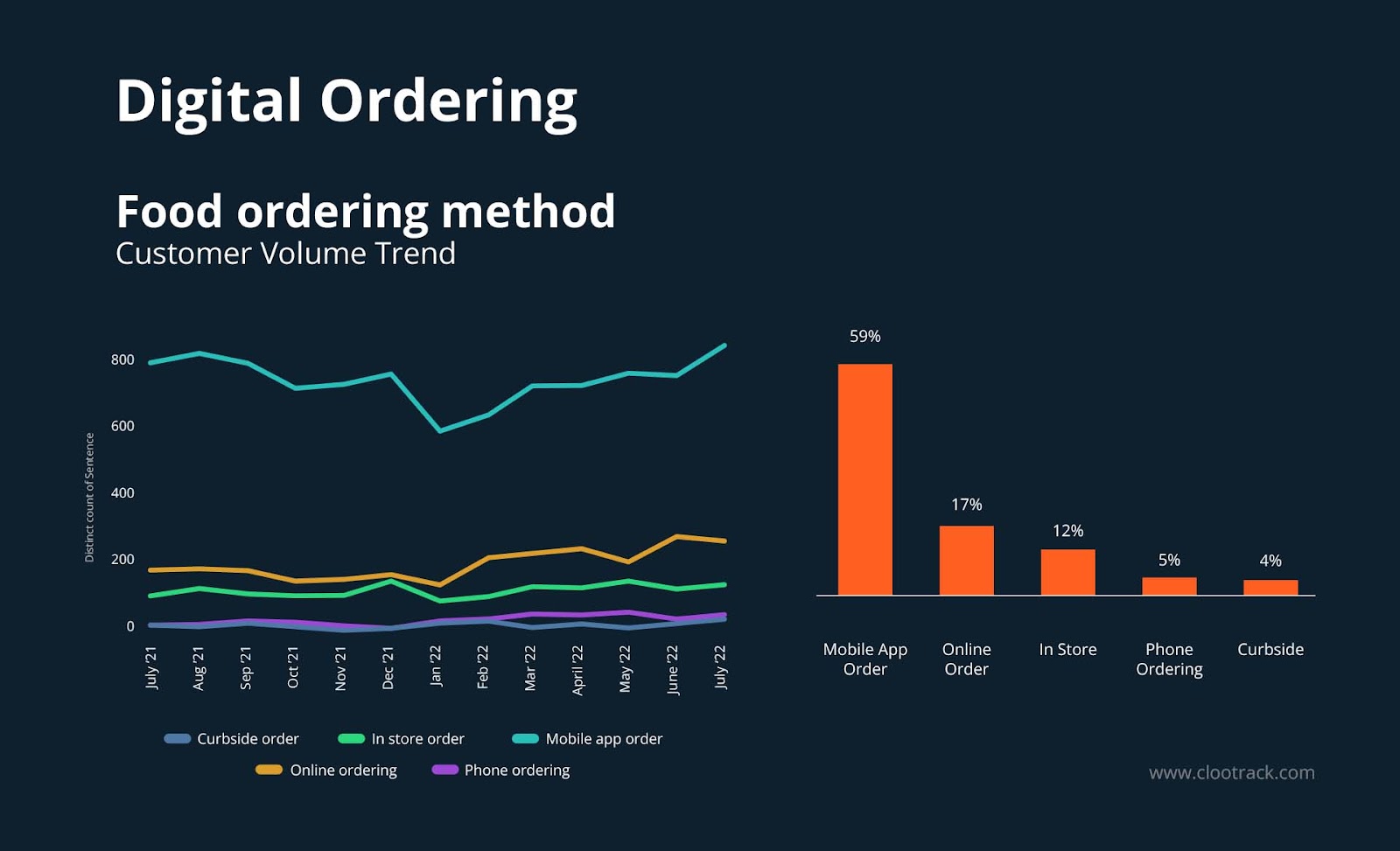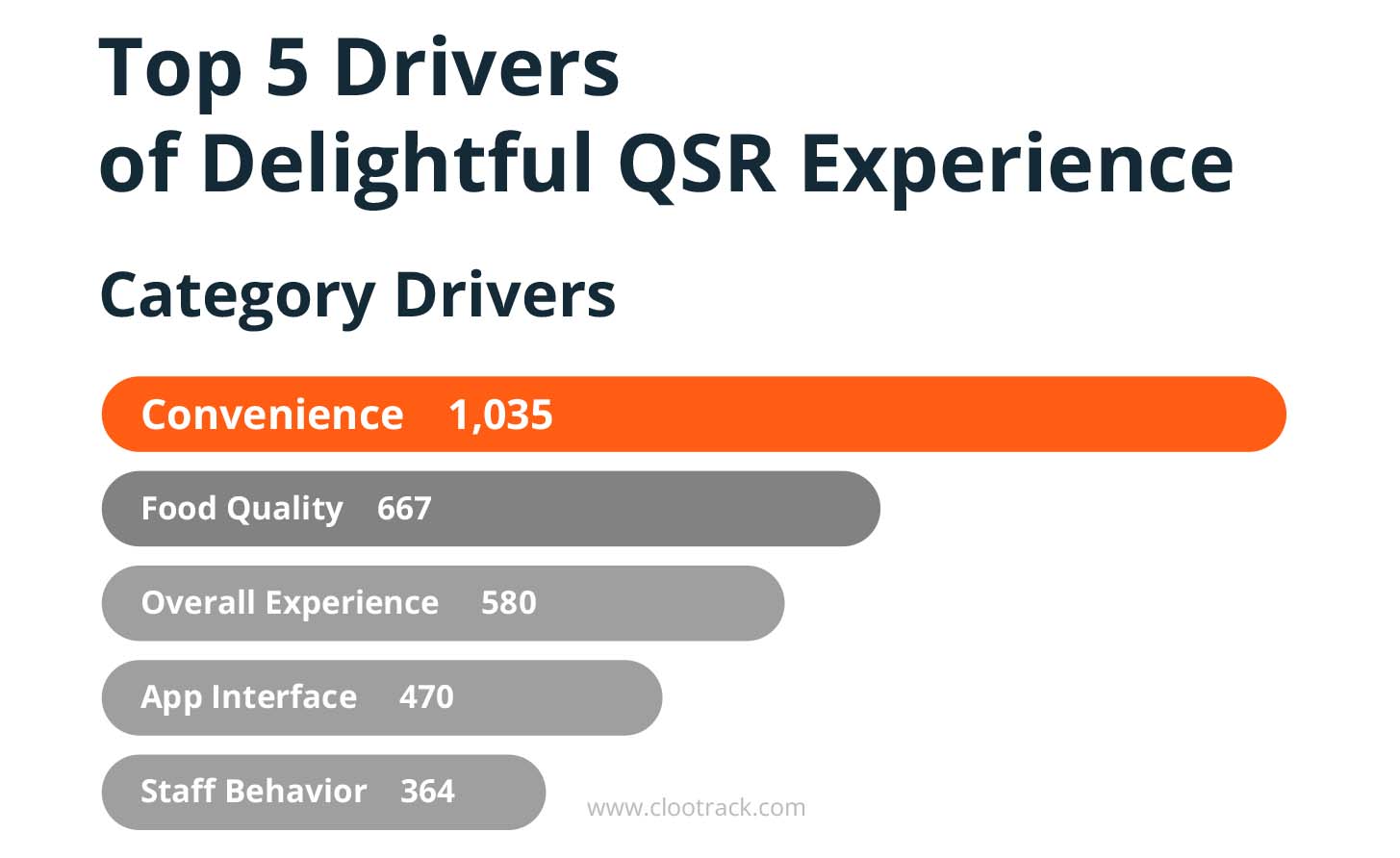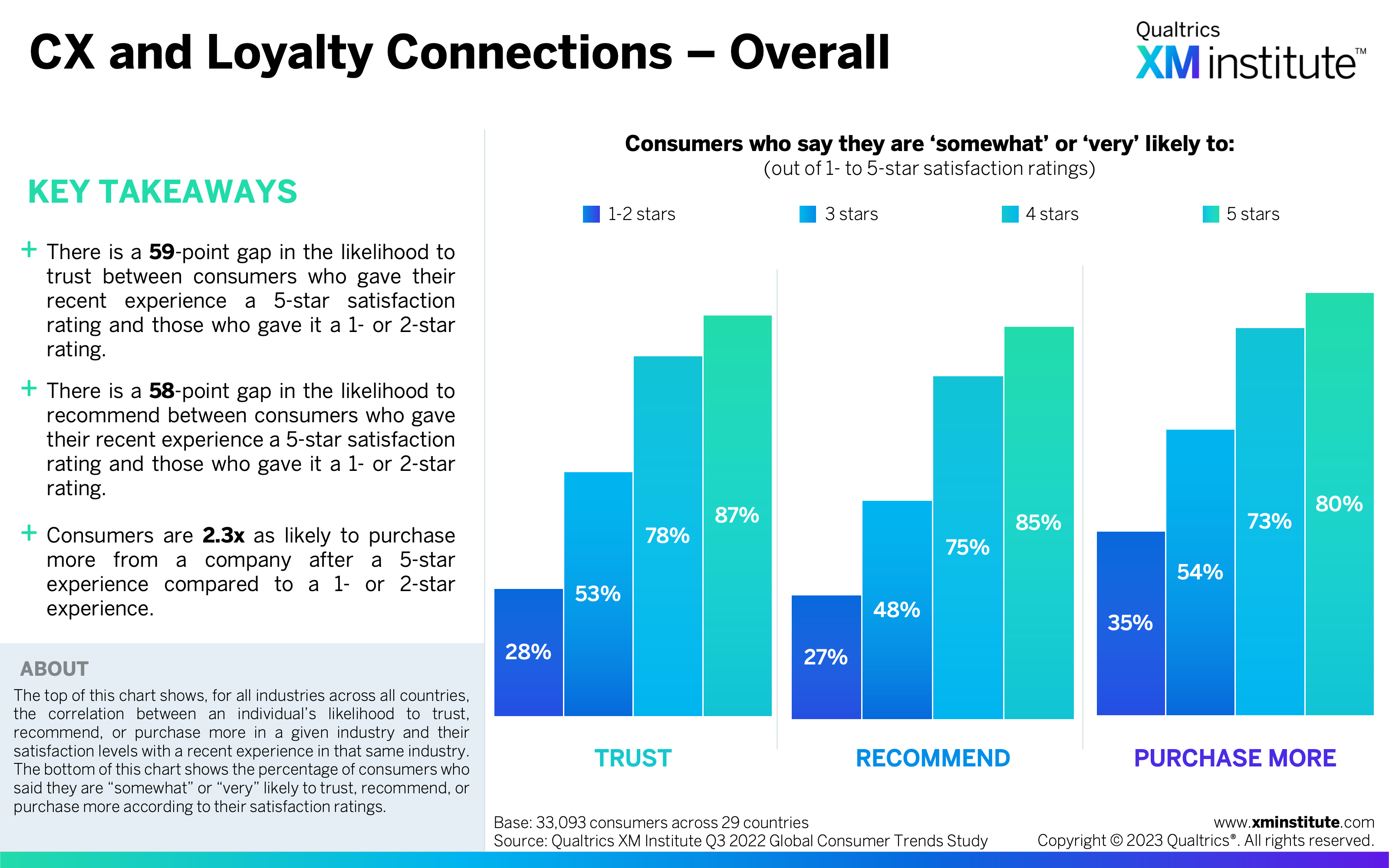5 Ways Digital Signage Transforms the Customer Journey in Quick‑Service Restaurants
When a customer walks into a Quick Service Restaurant (QSR), they expect quick service and a seamless purchase experience above all else. From the moment they enter to the time they enjoy their meal, every step of their buying journey should be smooth and intuitive.
Naturally, in such a fast-paced setting, brands cannot afford any friction. In an industry where attention spans are short and customers judge brands primarily by speed and convenience, digital signage has become a powerful tool for enhancing the customer journey.
In this blog, we’ll explore five practical ways digital signage is transforming QSRs, along with examples from restaurants already seeing results.
1. Encourage Deeper Customer Engagement
Engagement in the QSR space isn’t nearly as complicated as many brands make it out to be. At its core, effective engagement comes down to two fundamental elements: hook the user and make the experience feel genuinely personal. It’s not just about pushing content at customers; it’s about actively inviting them to participate in and become part of the experience being created.
Here's a great example of this principle in action: Buffalo Wild Wings made a strategic decision to differentiate its sports bar restaurants and make each location feel authentically local rather than just another chain restaurant.
To accomplish this ambitious goal, they partnered with the technology company HeroFi to create and stream user-generated content and local "Hometown Highlights" throughout each restaurant. This includes photos of actual guests, high‑school sports highlights from the local community, and real community celebrations, all displayed on large screens strategically placed throughout each location.

This approach is brilliant because the displays show customers’ own photos and neighborhood news that matters to them. Guests naturally stay longer and begin to feel that the brand is genuinely part of their community, rather than just another corporate chain trying to win their business.
A significant advantage of digital signage is that it makes incorporating user-generated content incredibly straightforward and engaging. By encouraging diners to post selfies or photos of their meals, restaurants can transform regular guests into passionate brand advocates. When those same posts are displayed in-store, it creates an authentic, social atmosphere that feels organic rather than forced.
2. Reinvent Ordering Systems with Self‑Service Kiosks and Smart Menus
For younger, digital-native customers who genuinely value both speed and autonomy in their dining experience, self-service options aren't just nice-to-have features anymore; they're quickly becoming the standard expectation.
Naturally, forward-thinking QSRs are leaning heavily into this trend and for good reasons. This creates a genuine win-win scenario: restaurants need fewer staff members dedicated to purely transactional tasks, while customers get a better, more personalized ordering experience.
For instance, BurgerFi piloted Samsung’s comprehensive all-in-one digital menu boards and saw remarkable outcomes that far exceeded expectations. These innovative kiosks accounted for 75% of all orders placed and nearly 80% of total net sales. Even more impressive, the average ticket size increased by 18.5%, with over half of kiosk users interacting with strategic upsell prompts. Some locations processed up to 133 kiosk orders per day, proving that these systems can handle high volume while driving meaningful revenue growth.

However, the true value of self-service extends beyond convenience. These intelligent systems generate rich, actionable data that can reshape how restaurants understand their customers. Advanced analytics pinpoint which items sell best when customer engagement is highest and where drop-offs occur in the ordering flow.
Research from Intouch Insight found that mobile ordering reduced drive-thru wait times by nearly two full minutes and cut in-store pickup times by more than three and a half minutes. Additionally, customers who engage with digital menus tend to spend roughly 20% more than those ordering at the counter.
3. Manage Queues and Keep Guests Entertained
Nobody likes to wait, period. Unfortunately, wait times are simply an unavoidable part of the QSR experience, and how restaurants handle those inevitable delays can genuinely make or break overall customer satisfaction and the likelihood of returning.
This is where strategic digital signage implementation becomes crucial for managing queues effectively by offering real-time guidance that actually helps customers navigate locations. These systems tell customers exactly where to go and precisely what to do next, eliminating confusion that can quickly turn a minor wait into a frustrating experience.
However, guidance alone isn't sufficient; entertainment matters tremendously in the waiting experience. Digital displays can reduce perceived wait times by up to 35%, according to QSR Magazine. Moving graphics, engaging video loops or interactive trivia questions hold customer attention far better than static signs ever could.
4. Leverage AI and Video Analytics for Smarter Interactions
Digital signage becomes exponentially more powerful when paired strategically with artificial intelligence capabilities. AI-driven systems can analyze real-time data, including factors such as time of day, current weather conditions, or customer demographics, to update content dynamically and insure maximum relevance. Promotions can shift automatically based on what’s most relevant and compelling in any given moment.
When these systems are linked directly to inventory management, digital menus can automatically pause promotions for out-of-stock items and suggest appealing alternatives in real time. This means fewer customer disappointments and substantially smoother operations throughout busy periods.
On the operational side, predictive analytics helps managers schedule staff more effectively by analyzing peak periods and foot traffic patterns. When paired with automated content scheduling, such as seamlessly flipping from breakfast to lunch menus or launching time-sensitive promotions, AI insures that screens always display relevant, revenue-focused content that drives business results.
5. Create Memorable Brand Experiences
The final transformation that digital signage brings to QSRs goes beyond operational efficiency; it's about creating genuinely memorable brand experiences that keep customers coming back and talking about their visits.
Dynamic displays allow restaurants to tell their brand stories in compelling ways that static signage simply cannot match. Whether showcasing behind-the-scene footage of food preparation, highlighting locally sourced ingredients, or featuring customer testimonials, digital screens create emotional connections that transcend the typical transactional relationship.

Moreover, digital signage creates opportunities for cross-promotion and brand partnerships that weren’t possible with traditional menu boards. Restaurants can feature local businesses, community events, or complementary brands in ways that add value to customers while creating additional revenue streams.
Media Signage and Customer Experience Expertise in One Partner
The transformation of QSRs through digital signage represents more than just a technology upgrade; it's a fundamental shift toward more engaging, efficient, and profitable customer experiences. If your QSR is struggling to transform the custom experience with digital signage, AI-powered analytics, or other new technologies, then we’re here to help!
Contact the Coffman Media team at any time.
Ready to Get Started with Digital Signage?
Get in touch with our team so we can chat about your vision and what kind of digital signage would be best for your business to attract more customers and keep them engaged.


